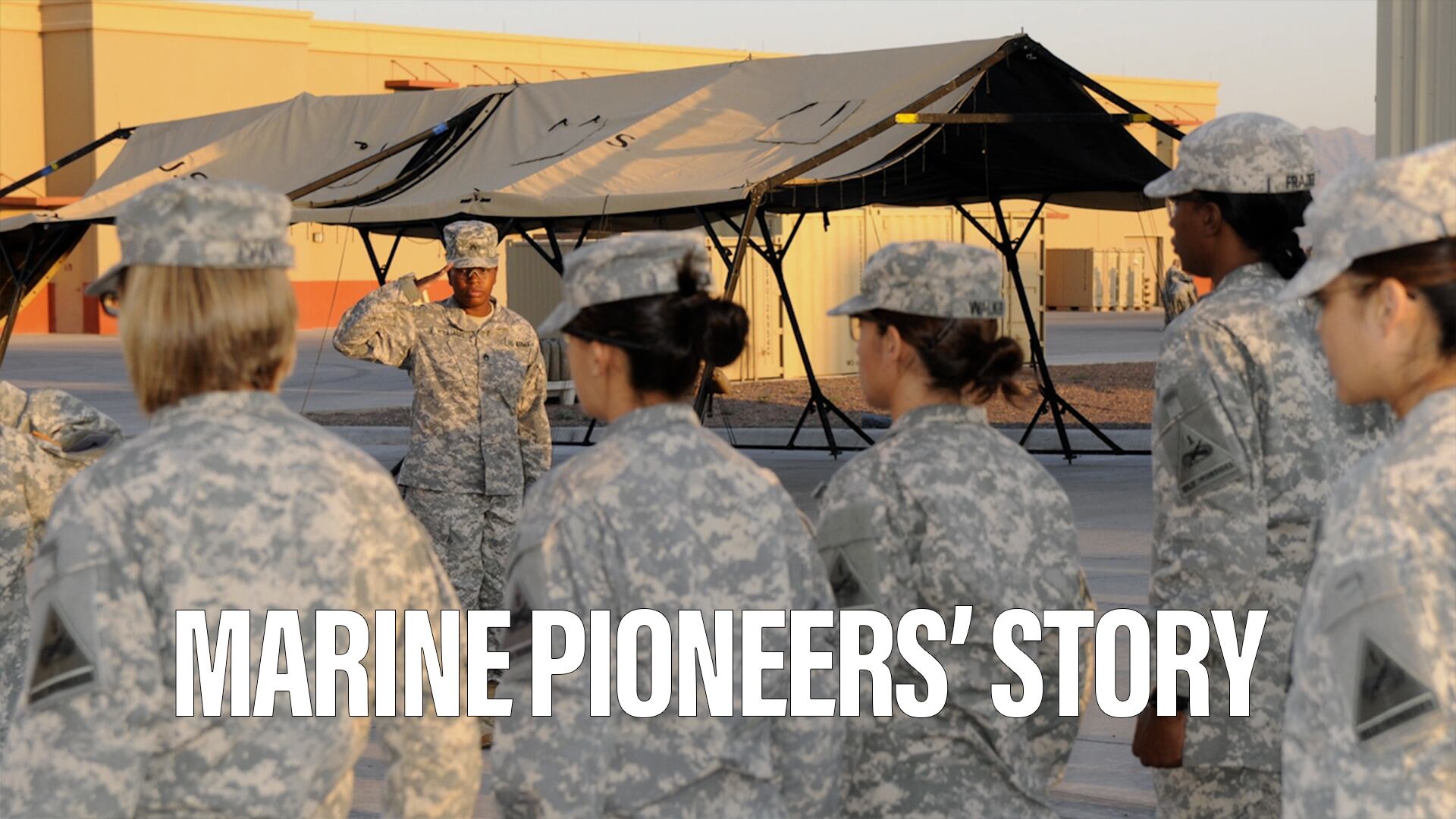BANGALORE, India — One of the highlights of Aero India 2017 is the display of unmanned aerial vehicles by domestic and overseas companies to tap the $3 billion domestic market.
"In the years ahead, a variety of UAVs, including combat UAVs, will see greater role in India's military strategy," a senior Indian Air Force official here said, referring to the short form of UAVs.
Israel Aerospace Industries displayed the newest export version of its long-range Heron drone, dubbed the TP-XP.
The Heron TP-XP is identical to the Heron TP except that it has been re-engineered to limit its payload to 450 kilograms, rather than the 1,000 kilograms of the Israeli Air Force's version.
An IAI executive explained that the change means that countries that are members of the Missile Technology Control Regime can purchase the Heron TP-XP under Category II, which covers propulsion components and equipment, just as they can purchase the IAI's smaller Heron 1 UAV.
The homegrown "Rustom," a medium-altitude, long-endurance unmanned combat air vehicle developed by India's Defence Research and Development Organization that carried out its maiden flight in November 2016, is an attraction at the DRDO pavilion.
The Rustom features a maximum speed of 190 knots and operating speed of 90 knots at a service ceiling of 22,000 feet.
The Indian Navy will be the first customer of the weaponized drone, and the service has already demonstrated its capabilities.
There is a demand of about 75 aircraft from the Indian Navy, Air Force and Army.
India has planned the acquisition of a variety of UAVs, which include Tactical UAVs, high-altitude, long-endurance UAVs, vertical takeoff or landing UAVs, and medium-altitude, long-endurance UAVs.
The acquisitions are to include miniature and macro UAVs for the Army at a cost of $85 million; unspecified numbers of high-altitude, long-endurance UAVs for the army at a cost of $175 million; unspecified numbers of unmanned combat aerial vehicles for the Air Force; 95 micro unmanned aerial systems, or UAS, for the Air Force and Navy; unspecified numbers of small vertical takeoff or landing mini UAS for the Air Force; and unspecified numbers of high-altitude, long-endurance UAVs for the Navy for about $200 million.
Currently, Indian defense forces are operating Israeli-made Searcher Mark I , Searcher Mark II, Heron and Herop UAVs, as well as the Indian-made Nishant.
Vivek Raghuvanshi is the India correspondent for Defense News.








